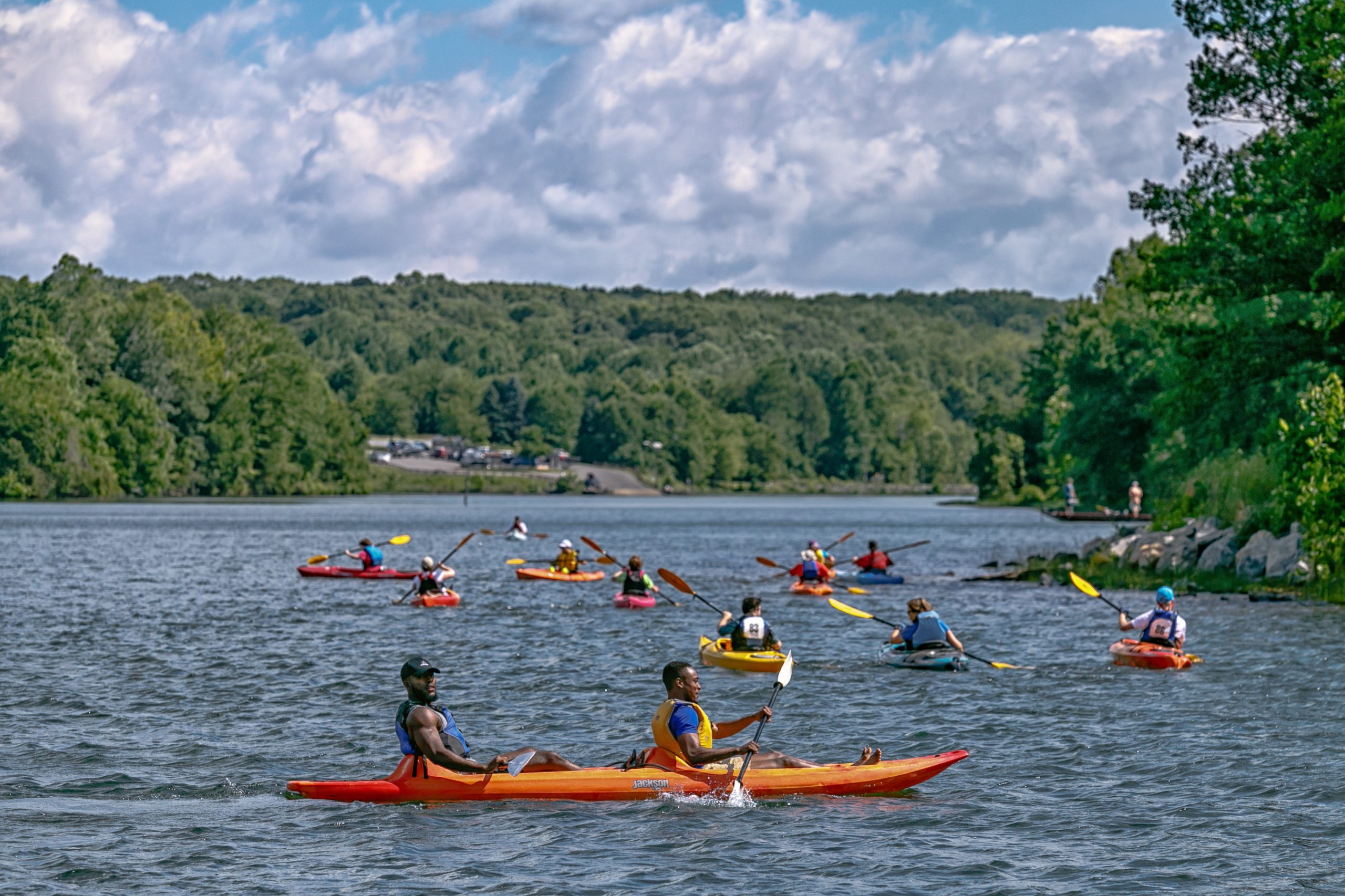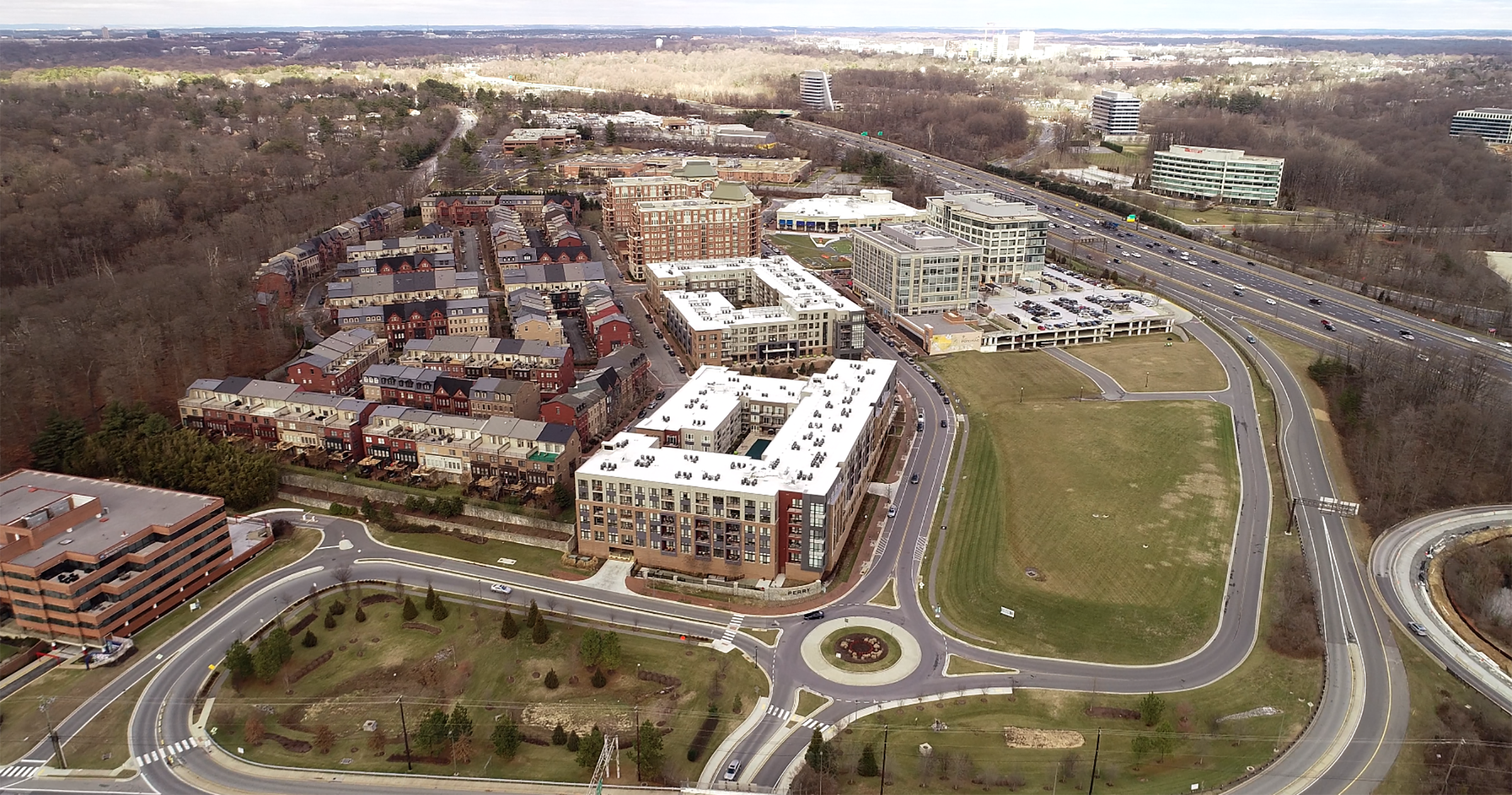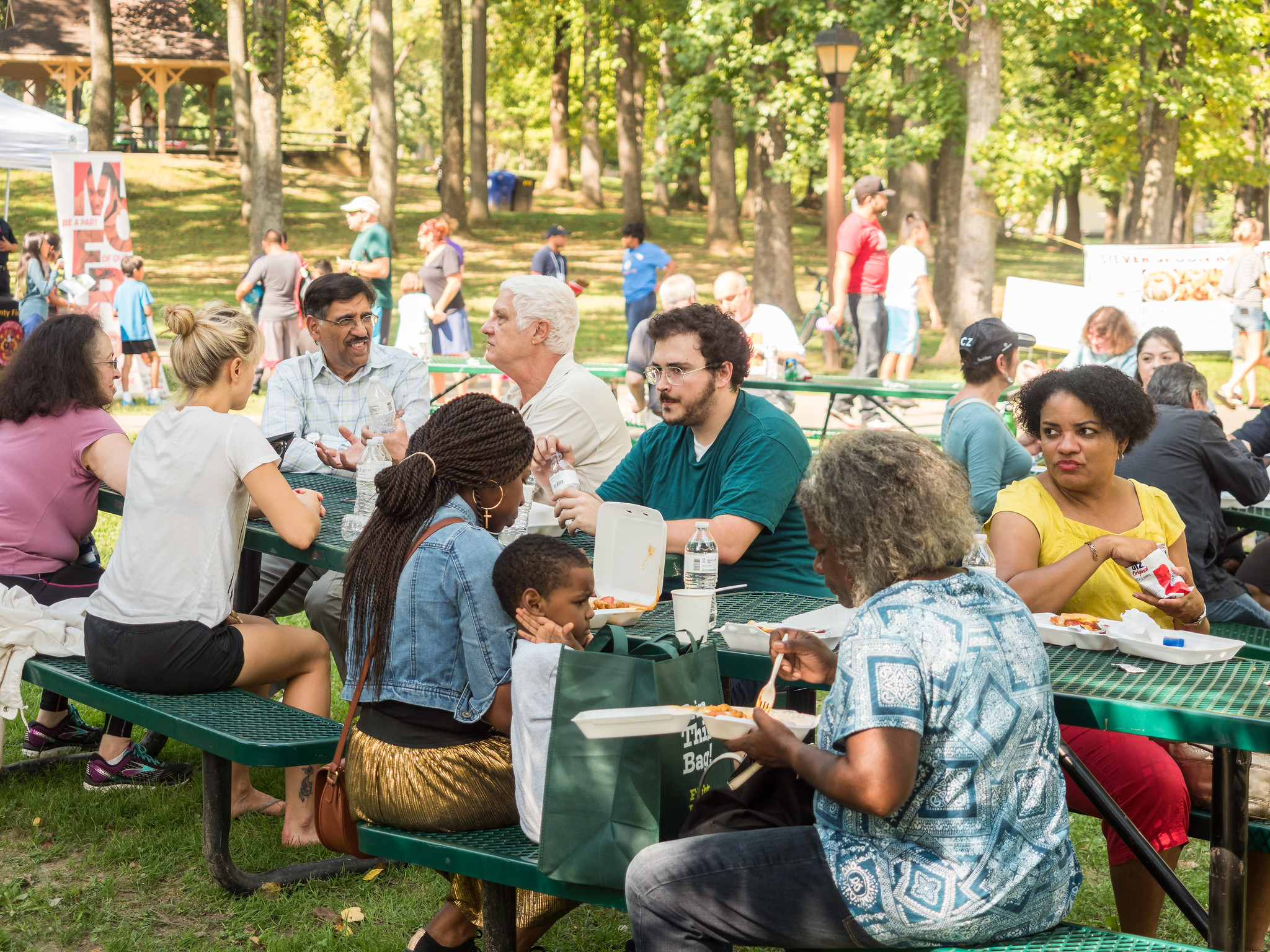As the county’s General Plan, Thrive Montgomery 2050 is a guidebook, not a roadmap. It does not address every topic relevant to our future, but it provides strong direction for decisions about land use, transportation, and related issues within the ability of local government to influence. Implementation of this Plan will occur over several decades and will require changes in master plans, zoning and building codes, subdivision regulations, the adequate public facilities ordinance and many other county rules and processes.
Implementation will be organic and incremental, through infill and redevelopment, and will be carried out by both the public and private sectors. The Plan proposes several indicators in each chapter to guide how the implementation of Plan’s polices should be evaluated. These indicators are meant to allow for periodic assessments of progress to inform priorities and set shorter-term goals. They are not meant to be considered exhaustive and may be modified or expanded to suit future needs.
These indicators may include:
Economic performance and competitiveness
- Wage and job growth
- New business formation
- Economic output per capita
Physical activity and public health measures
- Daily and weekly exercise and physical activity
- Participation in organized and informal sports and fitness activities
- Adverse health outcomes associated with physical inactivity
Racial equity and social inclusion
- Racial and economic diversity of neighborhoods and schools
- Measures of social capital, civic engagement, and community trust
- Equitable life outcomes across race, income, age, gender, etc.
Environmental sustainability and resilience
- Greenhouse gas emissions
- Vehicle miles traveled
- Water and air quality



